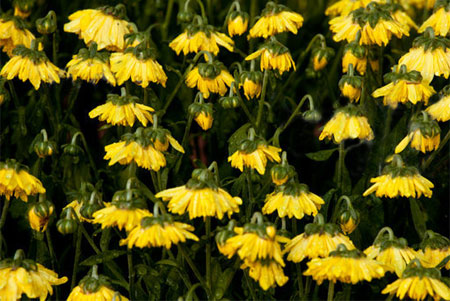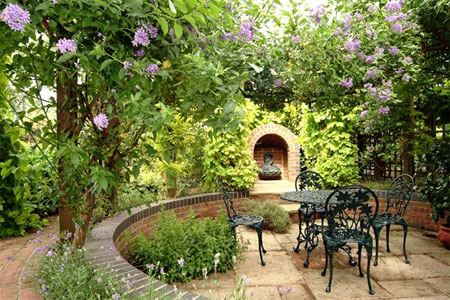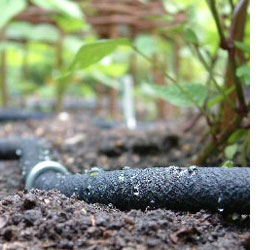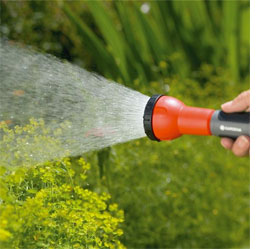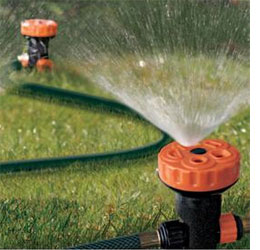Know your garden and be water-wise
All the nutrients plants need to grow, colour, flower, multiply, and defend their tissues against pests are produced by the solar-powered chemical reactions that take place in the watery soup within the cells. That’s why I make watering a priority every time I’m in a garden.
The first step when determining a watering regimen is to test your soil’s water-holding capacity. This easy test is a much better way to figure out when to water than waiting for plants to wilt. Lacking the raw materials in water that become life-giving nutrients, a wilted plant burns its own starches to stay alive. It literally becomes smaller because any new tissues that do manage to form during a wilt are malnourished and deficient.
It’s best to conduct a capacity test when a rainless period is on the cards.
First, soak a 30 cm-diameter spot with a hose for about two minutes. After the water has had a chance to settle, thrust the head of a trowel into the spot so it reaches 6 to 8cm below ground level. Pull the trowel toward you to make an opening, then reach in with your hand to feel the soil at the bottom of the opening. When watered well, soil should feel cool and damp at the bottom of the hole. Dig a new hole in the same spot every day and note the number of days that elapse until the soil at the bottom of the hole feels warm and dry. That’s the number of days you can go without watering during a rainless period.
Weather conditions also play a part in determining a watering schedule, so be prepared to adjust your established schedule throughout the growing season. A bed that remains moist for seven to eight days in the cool, slow-growing days of early spring or early autumn may dry out in half that time when large trees are leafing out.
While a lack of water can pose problems for some plants, irrigating more often than necessary can be harmful, too.
Tightly packed clay soils hold water so well that any excess displaces what little air there is in the root zone, and adding more water at that time will only raise the level of root-rotting puddles. In these beds, I pay closer attention to water levels than I do in other beds.
A quick test can determine whether your soil has a drainage problem. Dig a 30cm-wide by 30cm-deep hole in your garden and fill it to the top with water. Let the hole drain and fill it again. If the water drains away within a few hours, your soil is excessively well drained, apt to dry out quickly unless watered frequently and lightly. If the water drains out in 12 to 24 hours, your soil is well drained, and you can grow almost anything without a problem. If the hole still has water in it after 24 hours, your soil is poorly drained.
Water can be sprinkled overhead, trickled at a plant’s feet, or allowed to weep on the soil throughout the bed. Since there are advantages and disadvantages to each method, you need to weigh them for your given situation. My own preferred method of watering is an automatic, in-ground system for lawn areas and separate in-ground zones for beds. The in-ground lines in the beds end in above-the-ground spigots to which I can attach a short hose outfitted with a watering wand to attend to the thirstiest species.
Direct-to-soil delivery with soaker hoses
Advantage: Less water is lost to wind evaporation, and water reaches odd corners not covered by overhead sprinklers.
Disadvantage: Weeper hoses are often covered with mulch for aesthetic reasons and become invisible to sharp garden tools. No cleansing water hits foliage to rinse dust away and keep mite populations down.
Point irrigation direct to soil with watering can or wand hose attachment
Advantage: Water is applied only where and when needed. Water can be directed to plants that need it most.
Disadvantage: This method can be time consuming. Hose wrestling is required. Watering system breaks down in gardener’s absence.
Overhead delivery by in-ground sprinkler system on timing device
Advantage: No hose wrestling required and water keeps flowing even when the gardener is absent.
Disadvantage: Gardener falls out of the watering loop and fails to notice a watering problem until it becomes a crisis situation.
Location of plants
When designing a garden, you should group plant species according to water needs.
fine gardening

